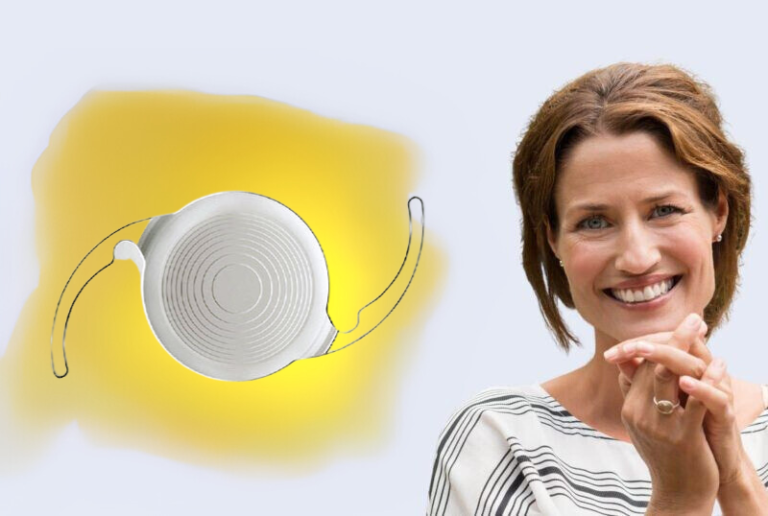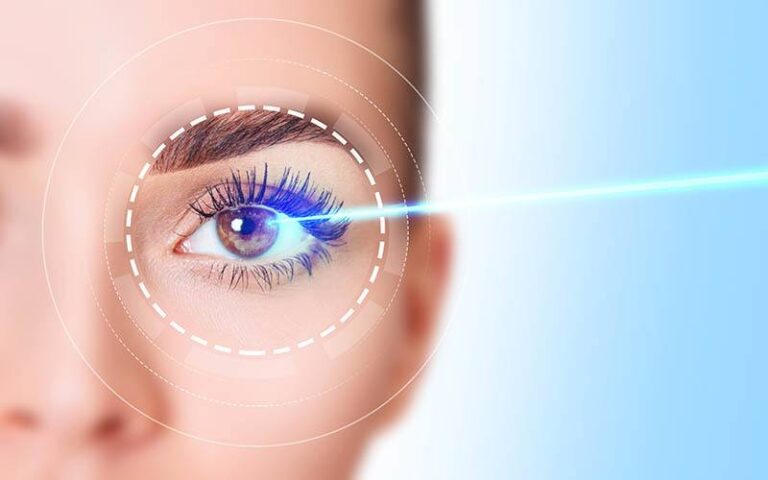Consult Dr. Joe for All Eye Concerns
All about Eye by Dr. Joe
“Care with compassion, opening a new world of vision”

About us
Dr.Joe
PORNLADA SUNLAKAVISET M.D.
Ophthalmologist specializing in cornea disease and refractive surgery (eyesight correction)
Doctor of Medicine (First Class Honors), Siriraj Hospital, Mahidol University, 2006
Diploma in Ophthalmology, Siriraj Hospital, 2012
Diploma in Cornea and Refractive Surgery, Siriraj Hospital, 2013
Diploma in Cornea and Refractive Surgery (Fellowship), Jules Stein Eye Institute, University of California, Los Angeles (UCLA), USA, 2015
- Certificate in LASIK, ReLEx SMILE, SMILE PRO, FemtoLASIK, LASIK PRESBYOND
Certificate in ICL (Phakic Intraocular Lens)
Certificate in Lamellar Keratoplasty, Singapore National Eye Center
About Us
Dr. Joe
Pornlada Sunlakaviset M.D.
specializes in treating myopia, hyperopia, astigmatism and presbyopia using ReLEx SMILE, SMILE PRO, FemtoLASIK, FemtoLASIK PRESBYOND, LASIK, PRK, and ICL (phakic IOL). Dr.Joe also offers cataract surgery with multifocal intraocular lens (IOL) implantation, pterygium surgery, dry eye treatment, meibomein gland obstruction and comprehensive eye care with the latest technology. As a cornea and refractive surgery specialist with First class honors from Siriraj hospital and subspecialty training in the USA (University of California, Los Angeles, UCLA) and several other countries, Dr. Joe has over 15 years of experience in the field.


Multifocal IOL: The Solution for Sharp Vision at Any Distance
Vision correction technology has rapidly evolved over recent years, introducing innovative solutions that deliver satisfying results for patients. One of the most popular advancements is the Multifocal Intraocular Lens (IOL), a type of lens implant designed to provide clear vision at all distances—near, intermediate, and far—without the need to rely heavily on glasses or contact lenses as before. What is a Multifocal IOL? A Multifocal IOL is an advanced intraocular lens with multiple focal points, specifically developed for patients undergoing lens replacement surgery due to high myopia, hyperopia, astigmatism, presbyopia, or cataract surgery. It is particularly beneficial for those who are not suitable candidates for LASIK or other corrective procedures. This lens reduces dependence on glasses or contact lenses in

ICL: The Safe and Effective Choice for Clear Vision
The Implantable Collamer Lens (ICL) is an advanced medical technology developed to address the needs of individuals with myopia, hyperopia, or astigmatism, who may not be suitable candidates or prefer an alternative to LASIK surgery. The ICL offers a safe, long-lasting solution, allowing patients to enjoy clear vision without relying on glasses or contact lenses. What is an ICL? The ICL is a specialized lens made from Collamer material, designed to be biocompatible, minimizing the risk of allergic reactions or immune responses. With over 20 years of development and ongoing research, the ICL has been validated and approved by multiple medical authorities, including the U.S. Food and Drug Administration (FDA). It is gaining popularity among patients who cannot undergo LASIK.

A Guide to LASIK Techniques: Which Option Is Right for You?
LASIK is one of the most popular vision correction options for individuals with myopia, hyperopia, astigmatism, or presbyopia. This procedure helps you achieve clear vision without the need for glasses or contact lenses. LASIK involves reshaping the cornea using a laser, allowing light to enter the eye correctly for improved vision. Today, there are several LASIK techniques available, each with its own unique benefits and suitability. This article will guide you through the most commonly used LASIK methods, helping you determine the best approach for your specific needs. Types of LASIK Procedures Which LASIK Technique is Right for You? Choosing the most suitable LASIK method depends on several factors, including the degree of refractive errors, corneal structure, personal preferences, and
Frequently Asked Questions: LASIK
Preparing for LASIK
- Stop wearing contact lenses for 3-7 days (soft lenses) and 2-4 weeks (rigid lenses) to allow the cornea to return to its natural shape.
- Pre-evaluation Preparation:
- Discontinue Roaccutane (acne medication) for 1 month.
- Not pregnant, as hormonal changes may cause fluctuations in vision prescription values.
- Do not drive on the evaluation day, as the dilating eye drops may affect the pupil size and temporarily blur your vision.
- The evaluation process typically takes about 2-3 hours.
- Provide your health history, such as allergies or prior eye surgeries, as this information is crucial for planning the treatment.
- Surgery Day Preparation:
- Avoid using cosmetics as you will not be able to wash your face during the initial period after the surgery.
- No perfume as it may interfere with the operation of the laser during the procedure.
- Bring a companion on the surgery day.
The ideal age for LASIK is 18 years and older, with a stable prescription for at least 1 year to prevent changes in vision after the surgery.
The surgery itself typically takes about 10-15 minutes per eye. However, the entire process, including preparation and post-surgery checks, usually lasts around 1-2 hours.
There are several types of LASIK procedures, commonly divided into:
- Standard LASIK: The traditional method using a microkeratome blade.
- FemtoLASIK: Uses a femtosecond laser for flap creation, replacing the blade for a bladeless experience.
- ReLEx SMILE: Minimally invasive with a smaller incision, less discomfort, and faster recovery.
The most suitable technique will be recommended by the doctor based on each individual’s vision condition.
Wear protective eyewear or an eye shield while sleeping for the first week.
Use prescribed eye drops as directed.
Keep water and soap out of your eyes while bathing for the first week.
Avoid wearing makeup for 1 week.
Refrain from heavy exercise for at least 1 week.
Avoid water exposure (e.g., swimming, hot tubs) for 4 weeks.
Rest your eyes and avoid excessive use.
Attend follow-up appointments as scheduled.
LASIK results are typically permanent, and most patients experience stable vision for many years. However, factors such as aging, presbyopia, or cataract development can affect vision over time. Regular eye check-ups are recommended to monitor changes.
Frequently Asked Questions: Cataract
A cataract is a clouding of the eye’s natural lens, leading to blurred or dim vision.
Symptoms include blurry vision, sensitivity to light, difficulty seeing at night, and faded colors.
The primary treatment is cataract surgery, where the cloudy lens is replaced with a clear artificial lens.
When the cataract significantly interferes with daily activities or quality of life.
Cataract surgery usually takes around 15-30 minutes per eye, depending on the complexity of the case. The entire process, including preparation and recovery time, typically lasts about 1-2 hours.
Yes, cataract surgery can also correct vision problems such as nearsightedness, farsightedness, presbyopia (aging eyesight) and astigmatism by replacing the cloudy lens with a premium intraocular lens (IOL) that offers vision correction. This allows for improved vision clarity and may reduce the need for glasses after surgery. The type of IOL used will be determined based on your visual needs and lifestyle.
Use prescribed eye drops as directed.
Wear protective eyewear or an eye shield while sleeping for the first week.
Avoid heavy lifting, bending over, and strenuous activities for at least 2 week.
Keep water and soap out of your eyes while bathing for the first 2 week.
Avoid water exposure (e.g., swimming, hot tubs) for 4 weeks.
Attend follow-up appointments as scheduled.
The results of cataract surgery are typically permanent. Once the cloudy lens is replaced with an artificial intraocular lens (IOL), it does not develop cataracts again. However, a condition called “posterior capsule opacification” (PCO) may occur in some cases, causing blurred vision months or years after surgery. If this happens, it can be easily treated with a quick laser procedure called YAG capsulotomy, restoring clear vision.

